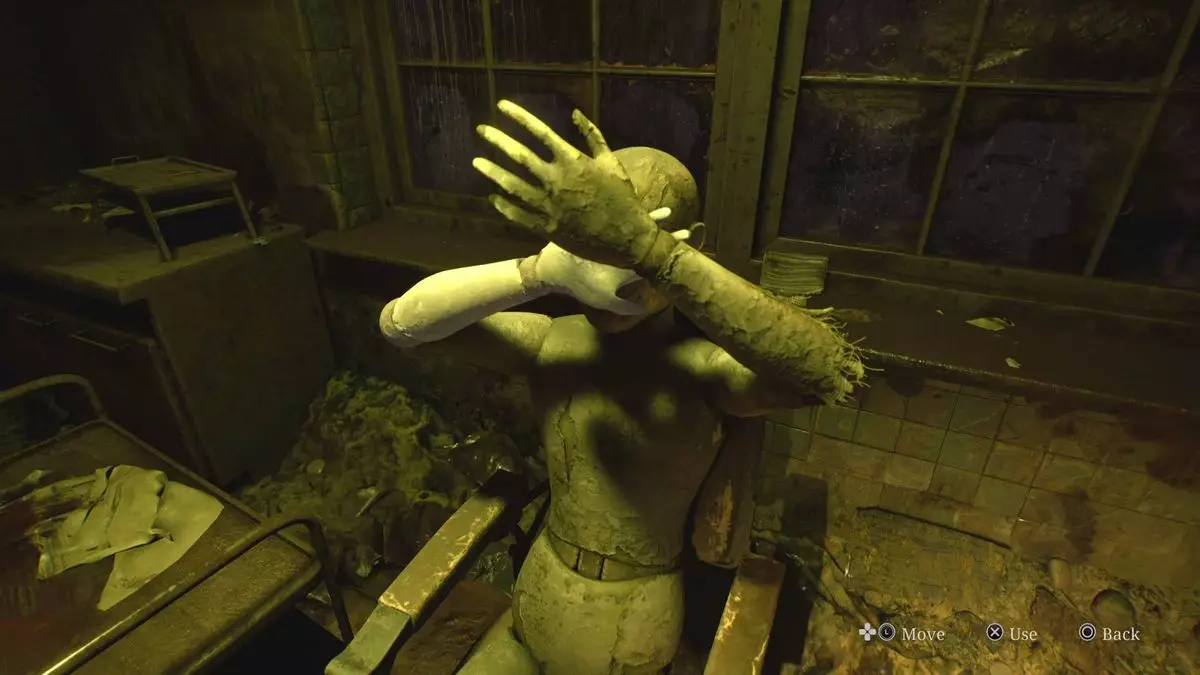The Silent Hill franchise has long been hailed as one of the cornerstones of survival horror gaming. Its haunting atmosphere, intricate storytelling, and iconic characters have enchanted and disturbed players since the late ’90s. As the landscape of video games evolves, the nostalgia-driven trend of remakes offers developers a chance to revive and reinterpret classic titles for a new generation. However, this revitalization isn’t without its complications. The upcoming remake of Silent Hill 2, developed by Bloober Team, has become the center of heated discourse among fans, particularly following a series of poignant remarks from the original game’s veteran artist, Masahiro Ito.
In a modern era where social media allows instantaneous feedback, the expectations of fans can often veer into the territory of entitlement. Ito’s recent outbursts on Twitter highlight a critical juncture in the relationship between creators and their audience. His frustration stems from comments made by a subset of fans who have vocalized their dissatisfaction regarding the visual representation of certain characters in the remake. Indeed, Ito went so far as to label some of this criticism as “disrespectful,” suggesting that it resembled the rants of “children” rather than mature discourse.
Notably, such reactions raise questions about the role of fan feedback in creative endeavors. When does constructive criticism morph into personal attacks? Ito’s comments reflect a growing discontent within creative circles regarding how quickly opinions can solidify as truths, often ignoring the craftsmanship behind the medium.
Despite the turmoil on social media, early reviews of the Silent Hill 2 remake are generally favorable, with a Metacritic score hovering around 87. However, there is still a divergence in perspectives, with some outlets rating it lower, including a 3.5/5 star rating from our own review. This divergence underscores a fundamental truth about artistic interpretation: individual tastes are subjective and can vary widely.
Moreover, it’s essential to consider the context of such criticism. Many longtime fans possess a deep emotional connection to the original game, which often clouds their objectivity regarding new iterations. Yet, the crux of the issues often put forth by these critics—such as perceived character redesigns—ultimately calls into question the expectations surrounding visual updates. As Ito pointed out, it is crucial for fans to engage with the game themselves before casting judgment, highlighting consumer responsibility in the age of immediate opinions.
What makes the drama surrounding the Silent Hill 2 remake even more poignant is the dichotomy between artistic integrity and commercial expectations. As creators like Ito revisit their most famous works, they often grapple with the dilemma of staying true to their original vision while responding to the changing demands of a contemporary audience. This balancing act is fraught with peril; nostalgia can lead to inflated expectations that developers simply cannot realistically meet without sacrificing their artistic vision.
Ultimately, the emotional weight of Silent Hill’s narrative is deeply interwoven with its visual aesthetic. Any alterations to character designs might not just seem superficial to some but could instead be perceived as a fundamental change in storytelling. Ito’s battles with online critics exemplify the broader tension between creators seeking to evolve their narratives and fans clinging to their cherished memories of the past.
As we await the release of the Silent Hill 2 remake, the disharmony between Ito and certain fans serves as a reminder of the complex relationship between art and its audience. While constructive criticism can fuel creativity and innovation, it is imperative that it be rooted in respect for the creative process. Ultimately, for a remake to be truly successful, it necessitates a delicate balance between honoring cherished memories and forging ahead into new realms of artistic expression. As this new chapter unfolds, let us hope it paves the way for more respectful dialogues in the fan community—one where artists can create without fear of unjust backlash and fans can engage in discussions grounded in appreciation rather than animosity.


Leave a Reply